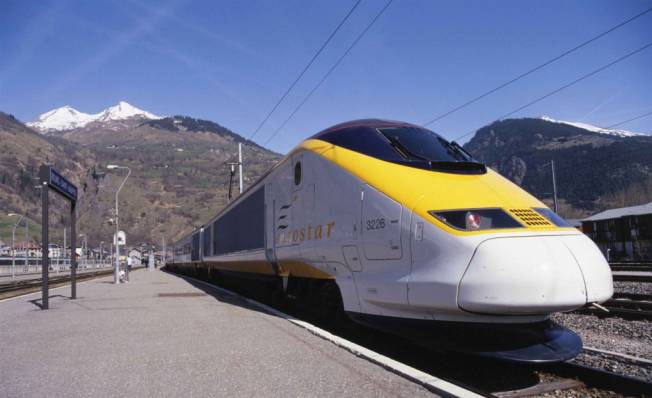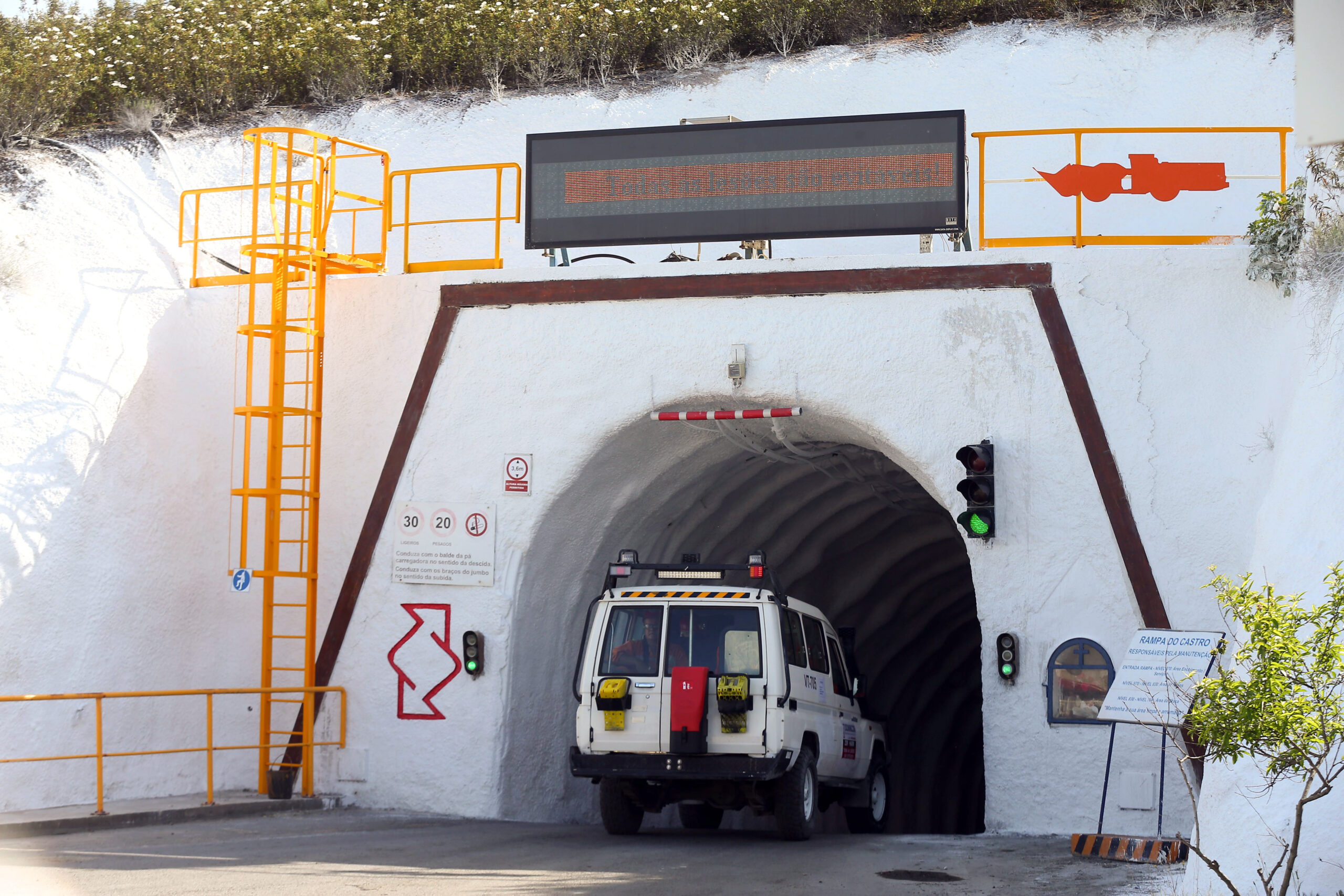
Eurostar, the high-speed passenger rail service, has reported strong growth in first half sales revenues and passenger numbers.
Sales revenues were up four per cent from £404 million to £421 million in the first half of 2011, with passenger numbers rising three per cent from 4.6 million to 4.7 million year-on-year.
Given that in the first half of 2010 Eurostar saw increased sales revenues due to the ash cloud disruption (during which it ran 70 extra trains and carried 100,000 extra passengers), the increased figures for the same period in 2011 were particularly impressive.
According to Eurostar, excluding the positive impact of the ash cloud disruption on the 2010 figures, underlying first half 2011 sales revenues in fact grew by 12 per cent in comparison with the same period last year.
The company also said that continued growth in business class travel reflected a high level of business activity between the UK and the continent. In the first quarter, Eurostar saw a nine per cent rise in Business Premier sales revenues.
The number of international passengers also rose during the first half—by 21 per cent to over 500,000. Eurostar said this was partly driven by an increase in passengers from the US, who are increasingly viewing a trip on the high-speed trains as being an integral part of a European tour.
Commenting on the results, chief executive Nicolas Petrovic said: “Despite the pressures on household budgets, consumers are choosing to prioritise leisure travel over other discretionary purchases. In this difficult economic climate, we are finding that customers attach even greater value to their leisure time and are protecting short breaks and time away with family and friends.”
Eurostar runs up to 18 services to Paris and nine to Brussels daily. In addition, up to nine trains stop at Lille in northern France, and up to three services stop at Calais Frethun en-route.













